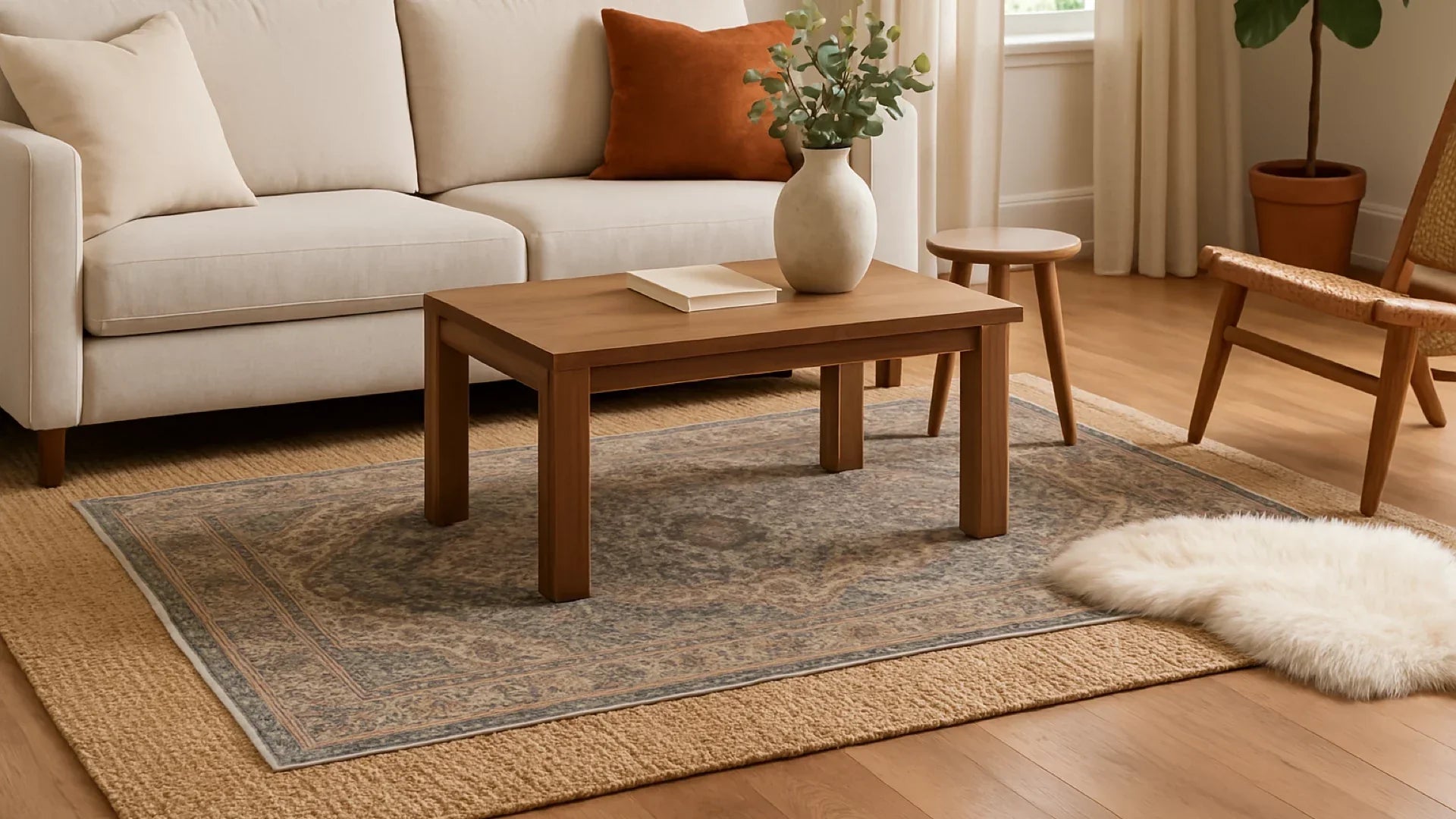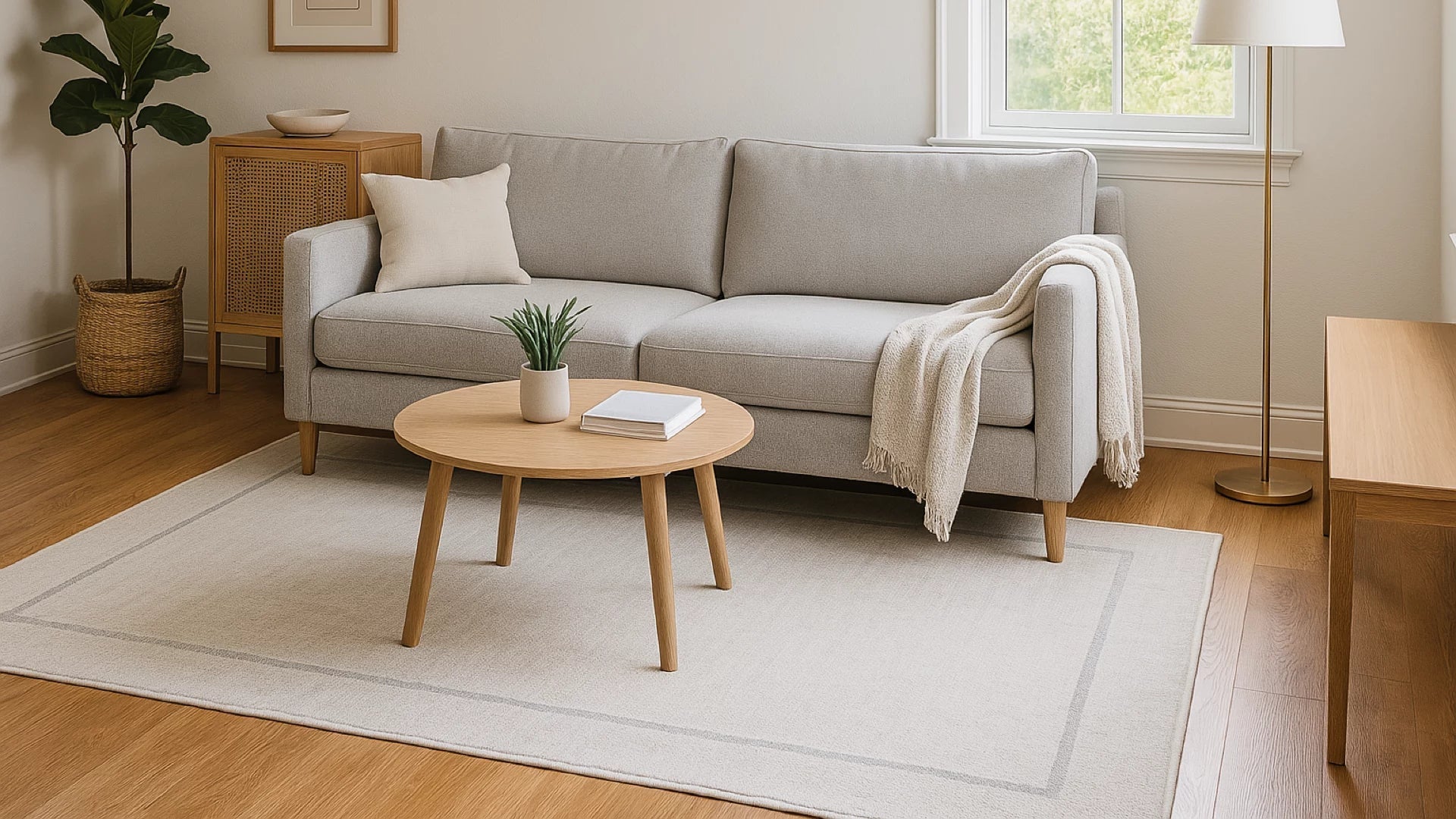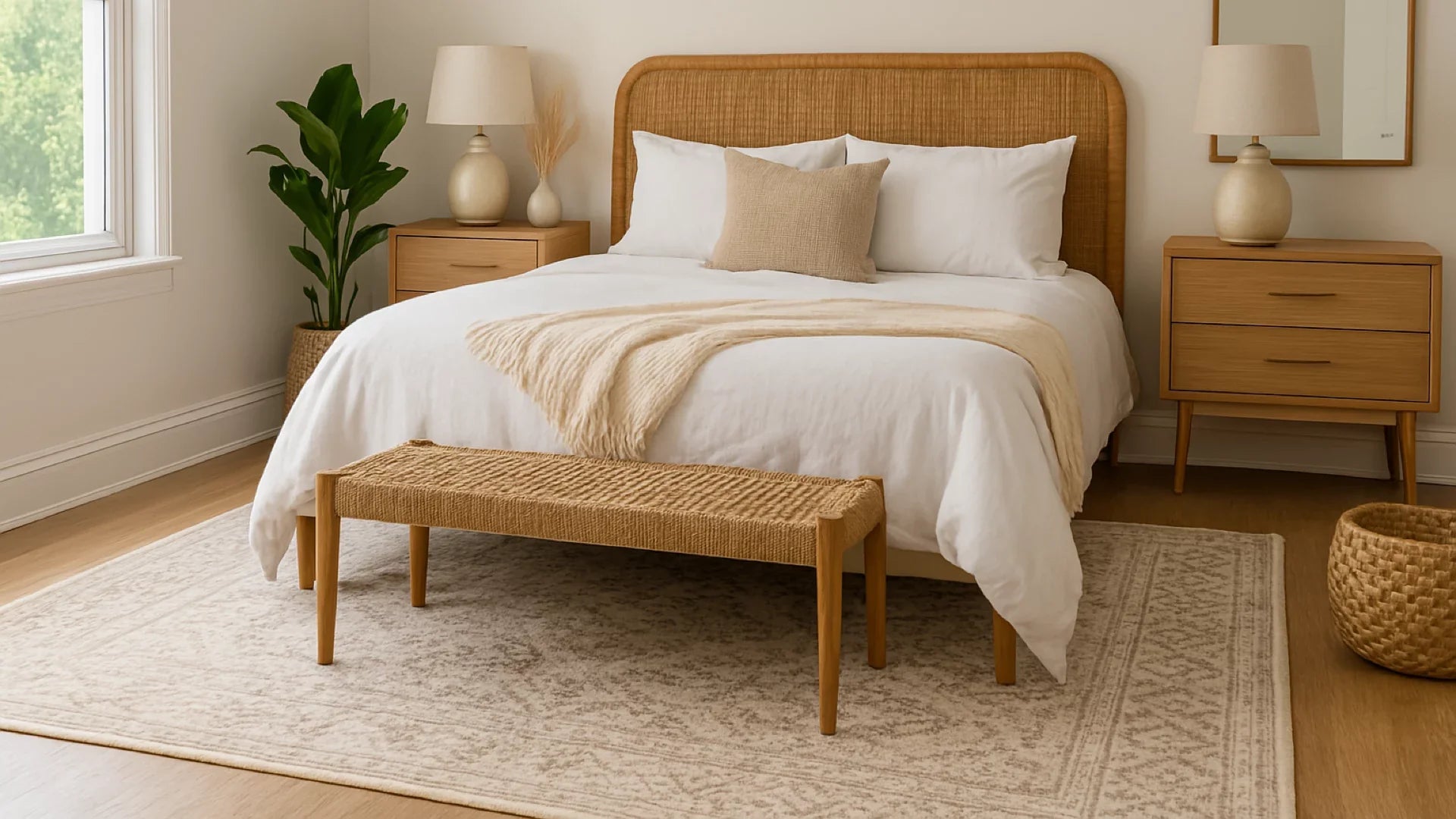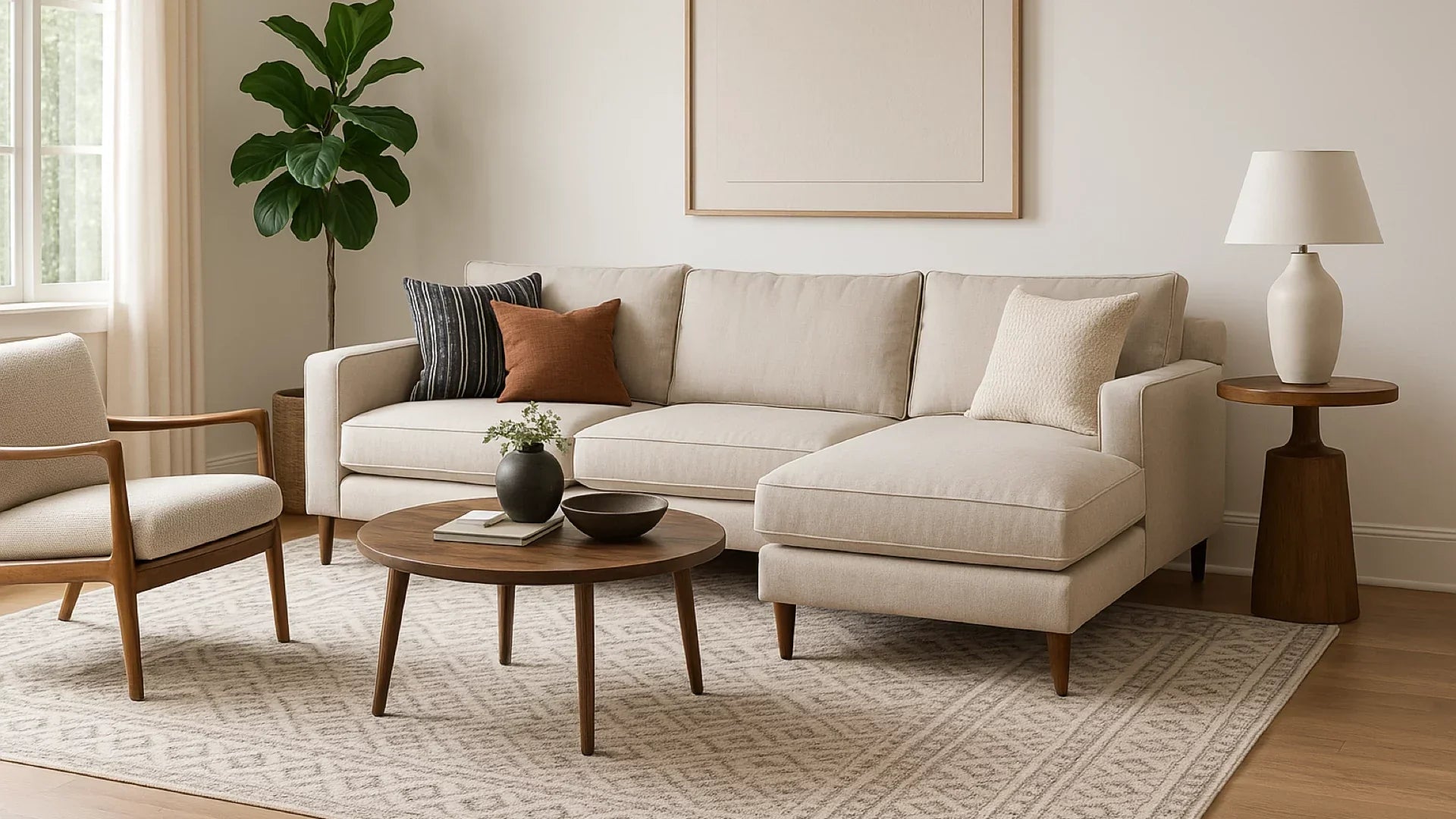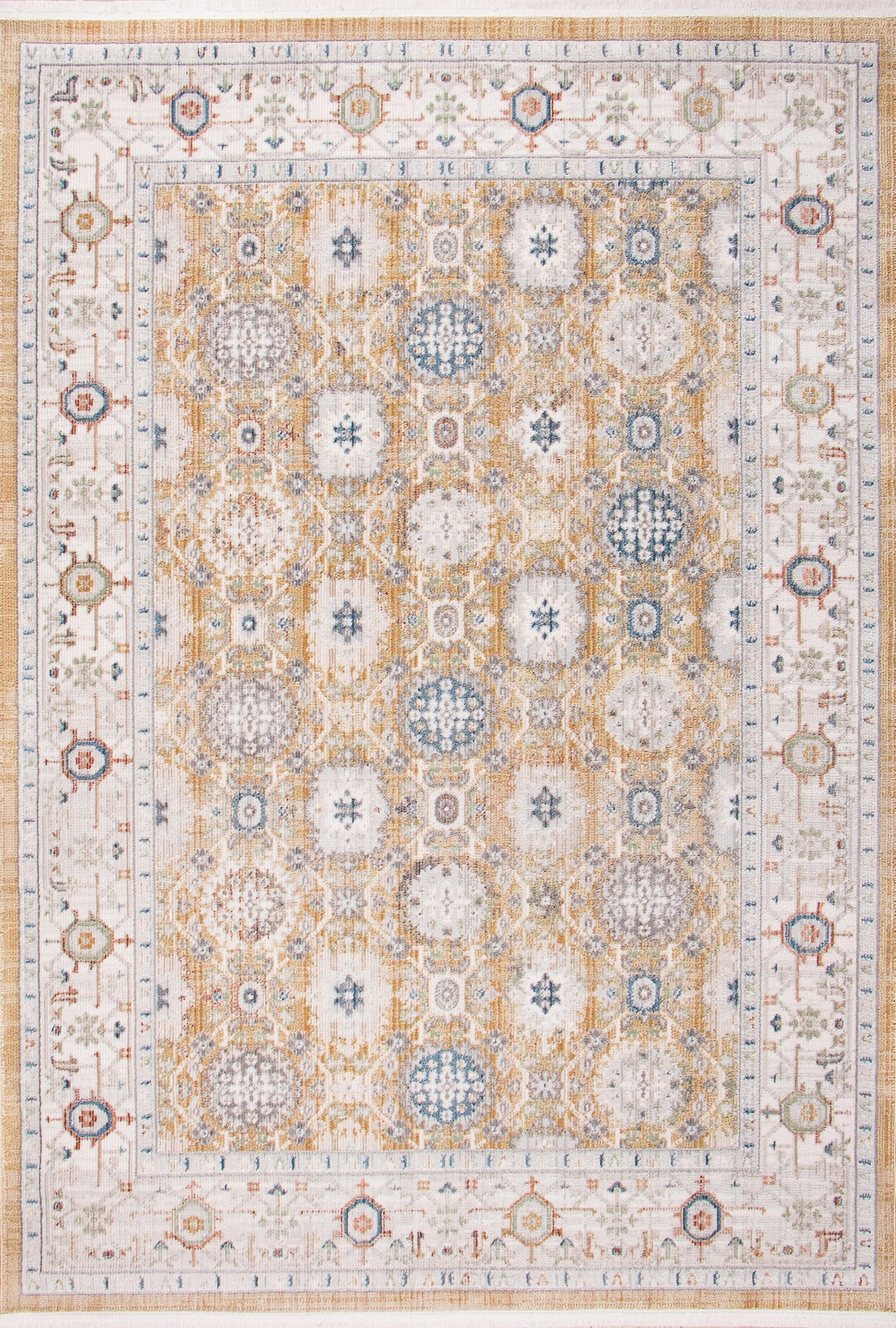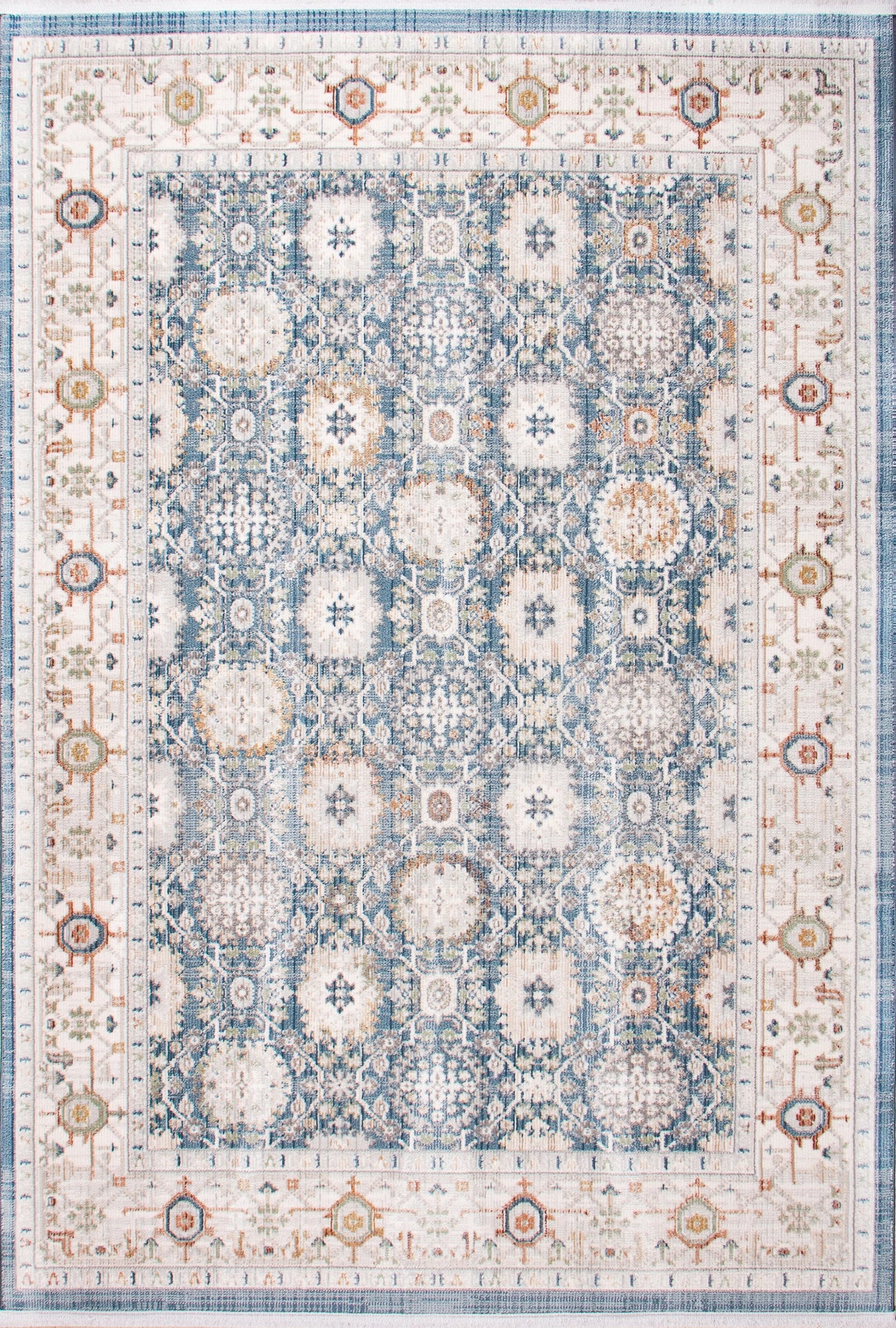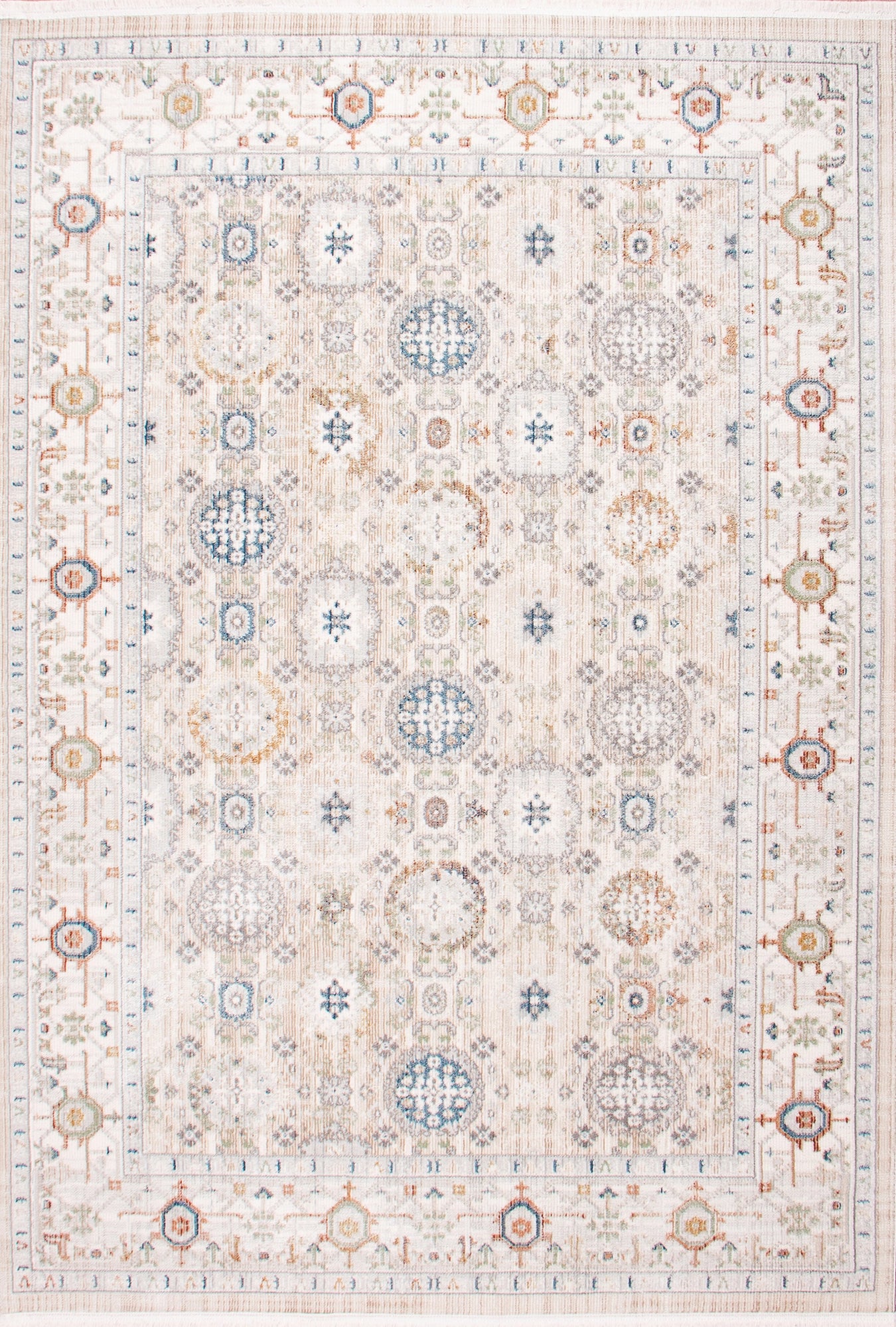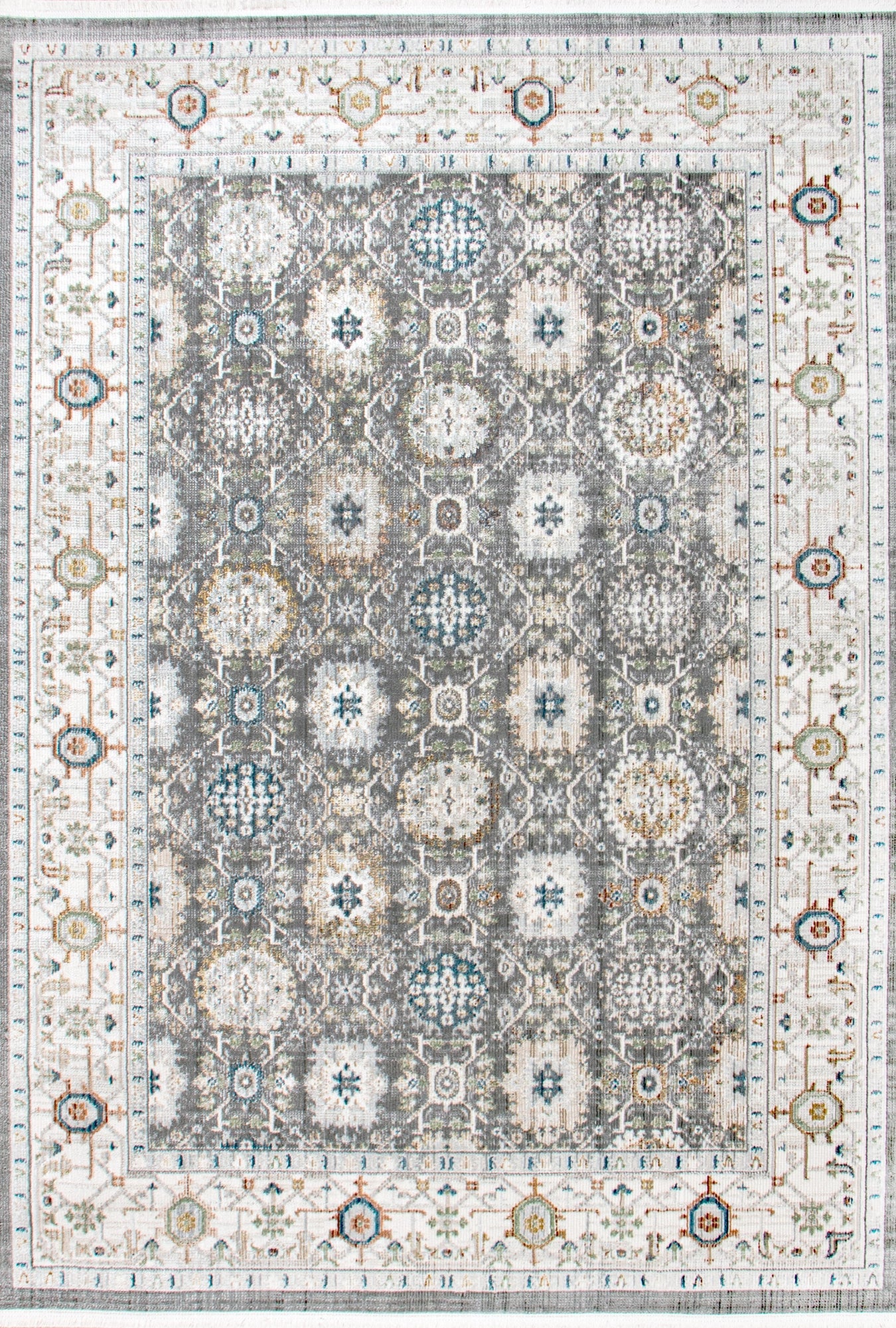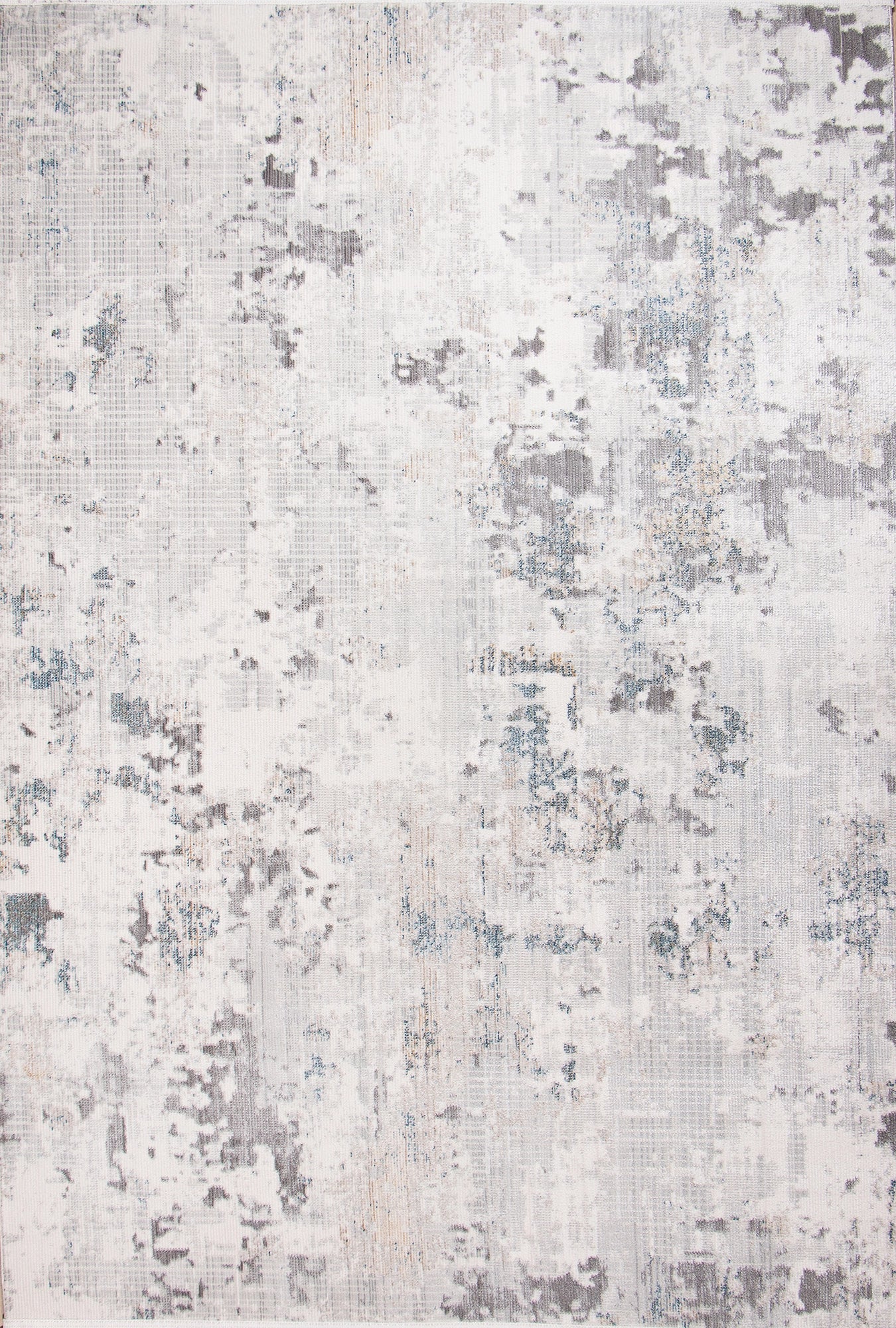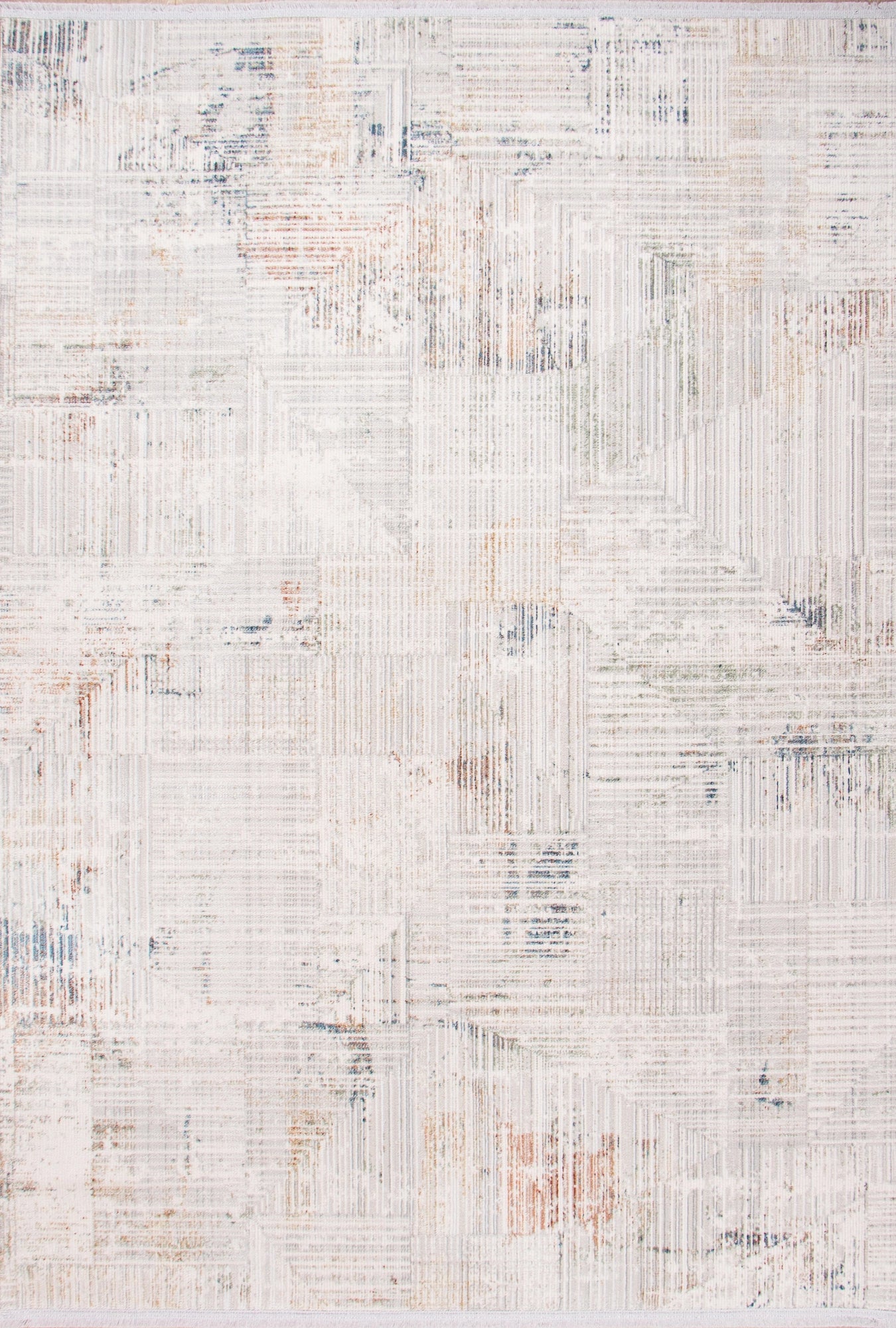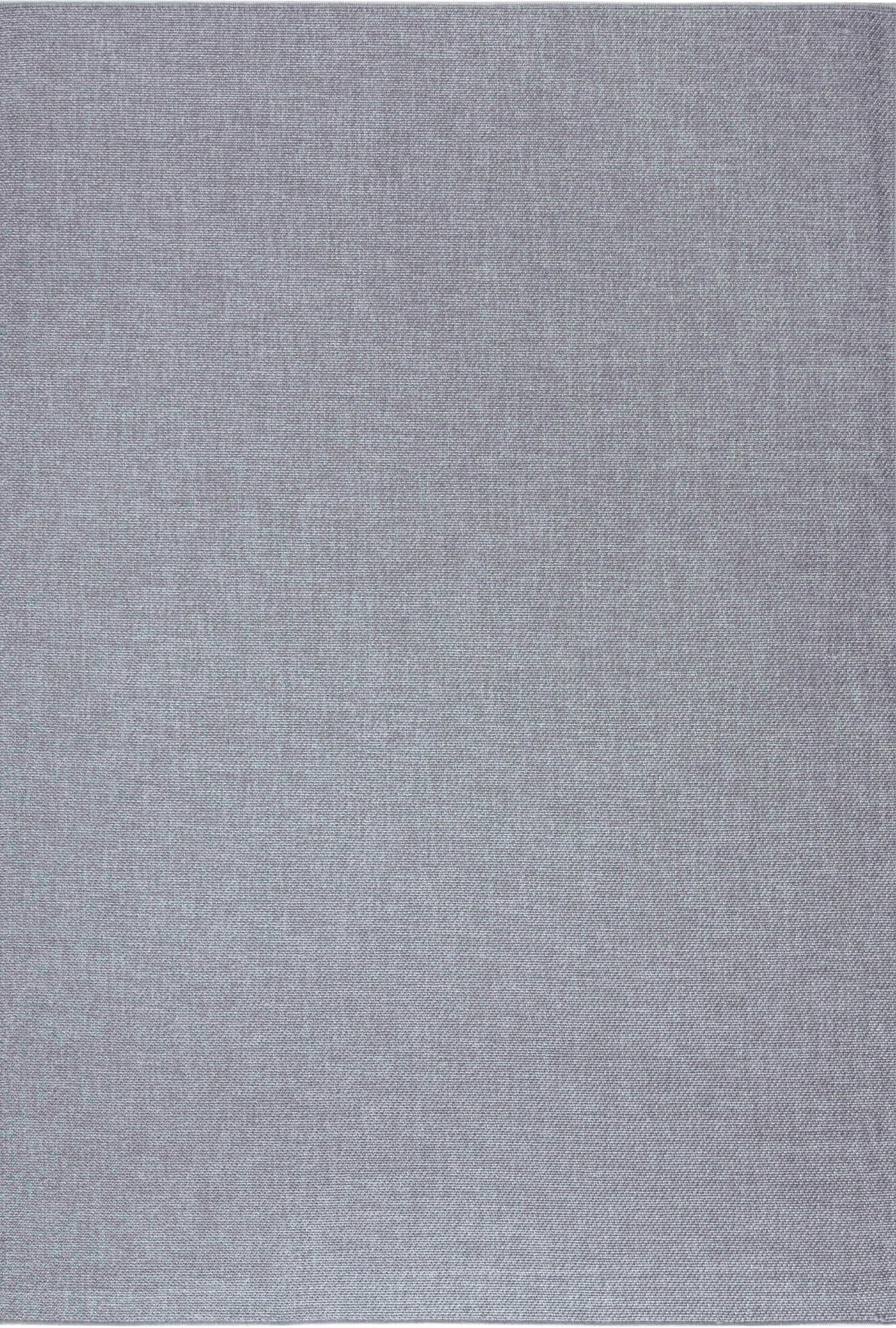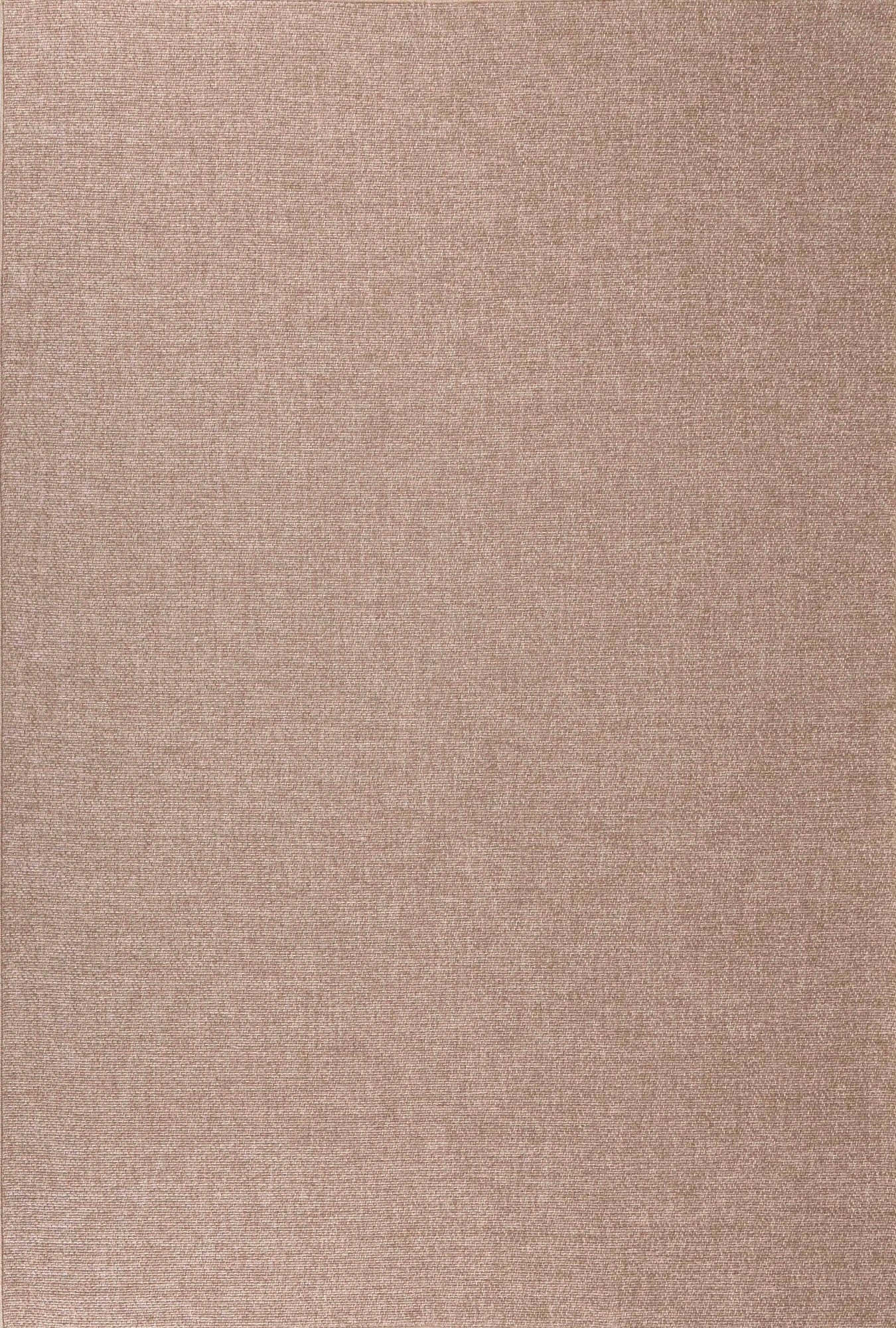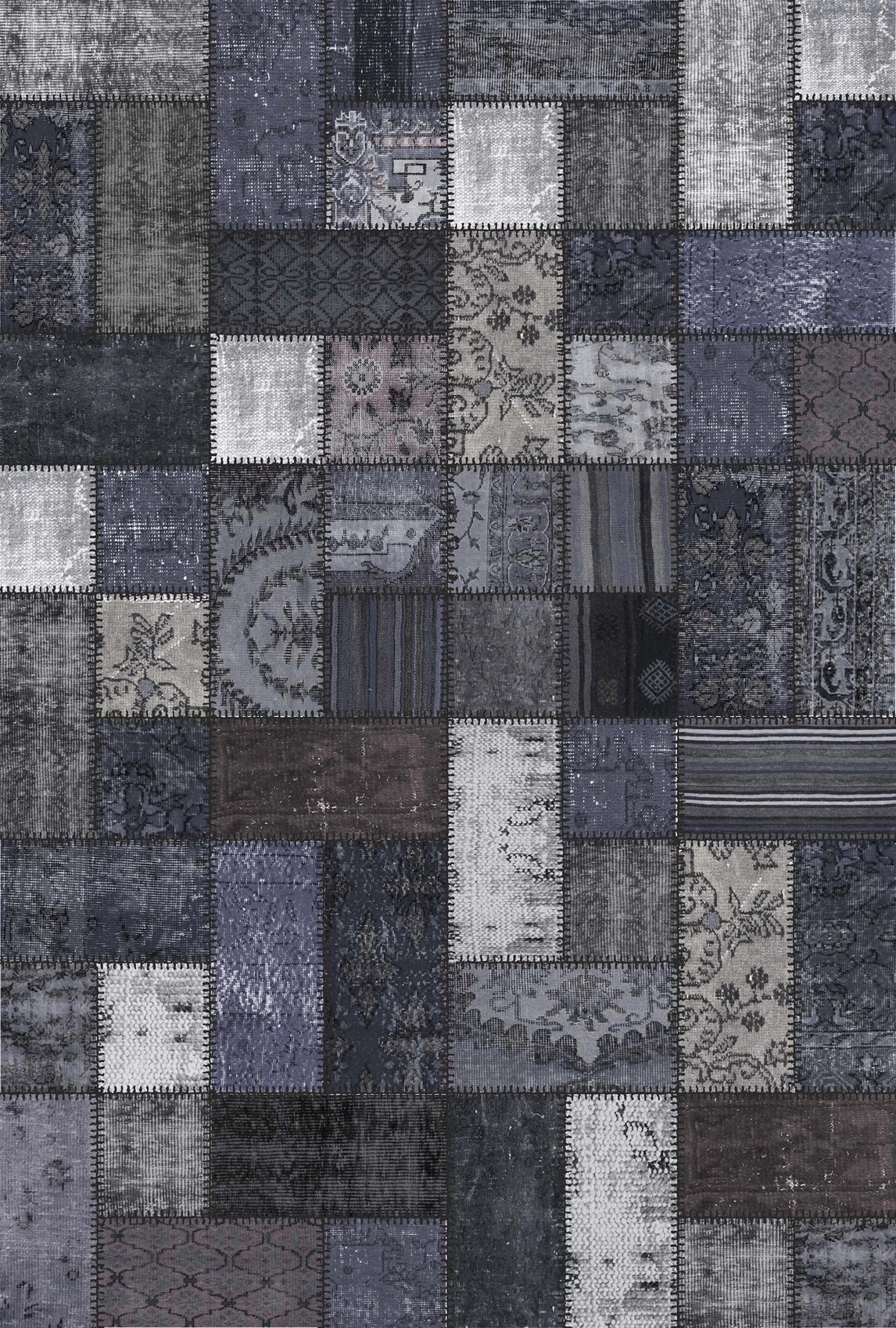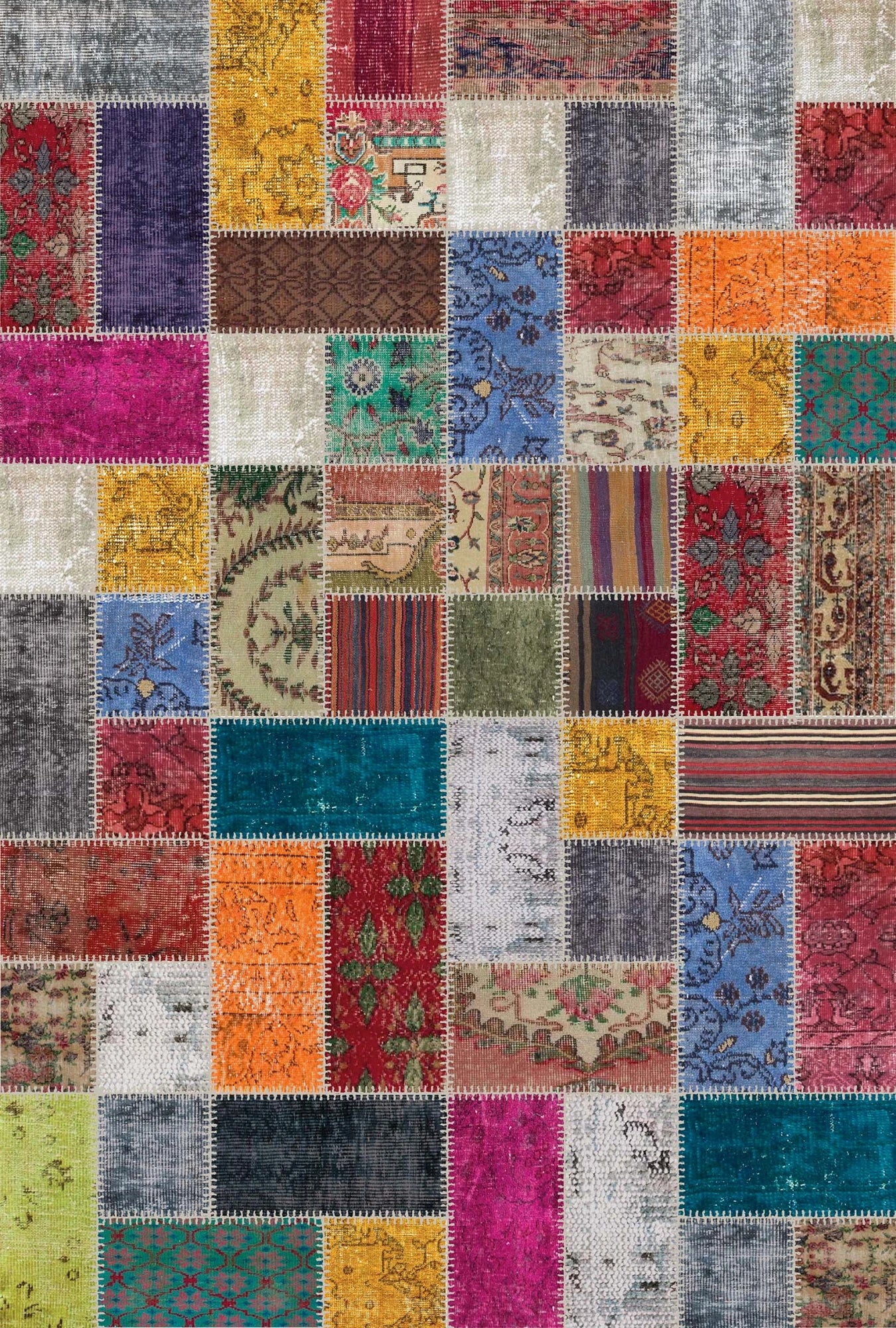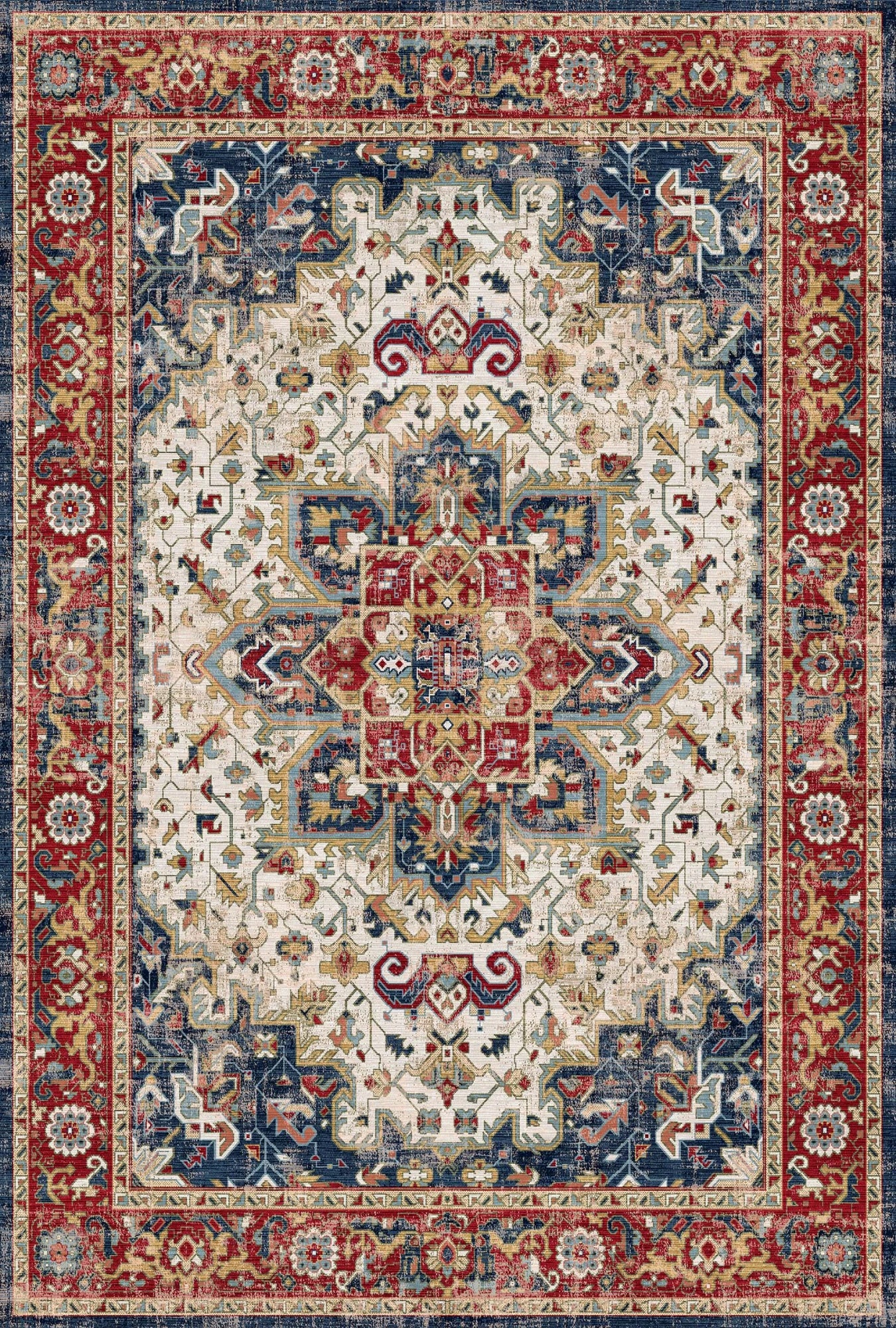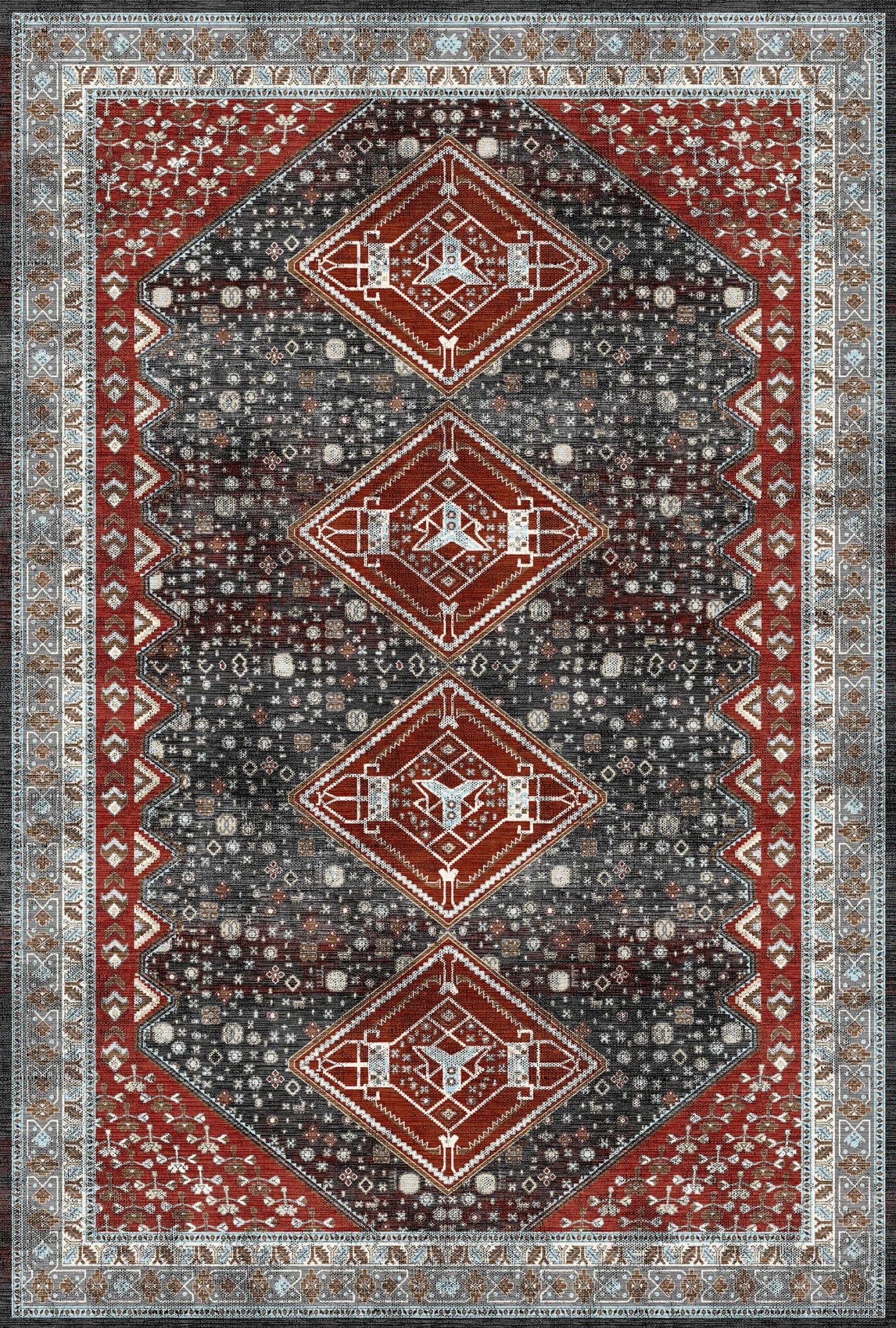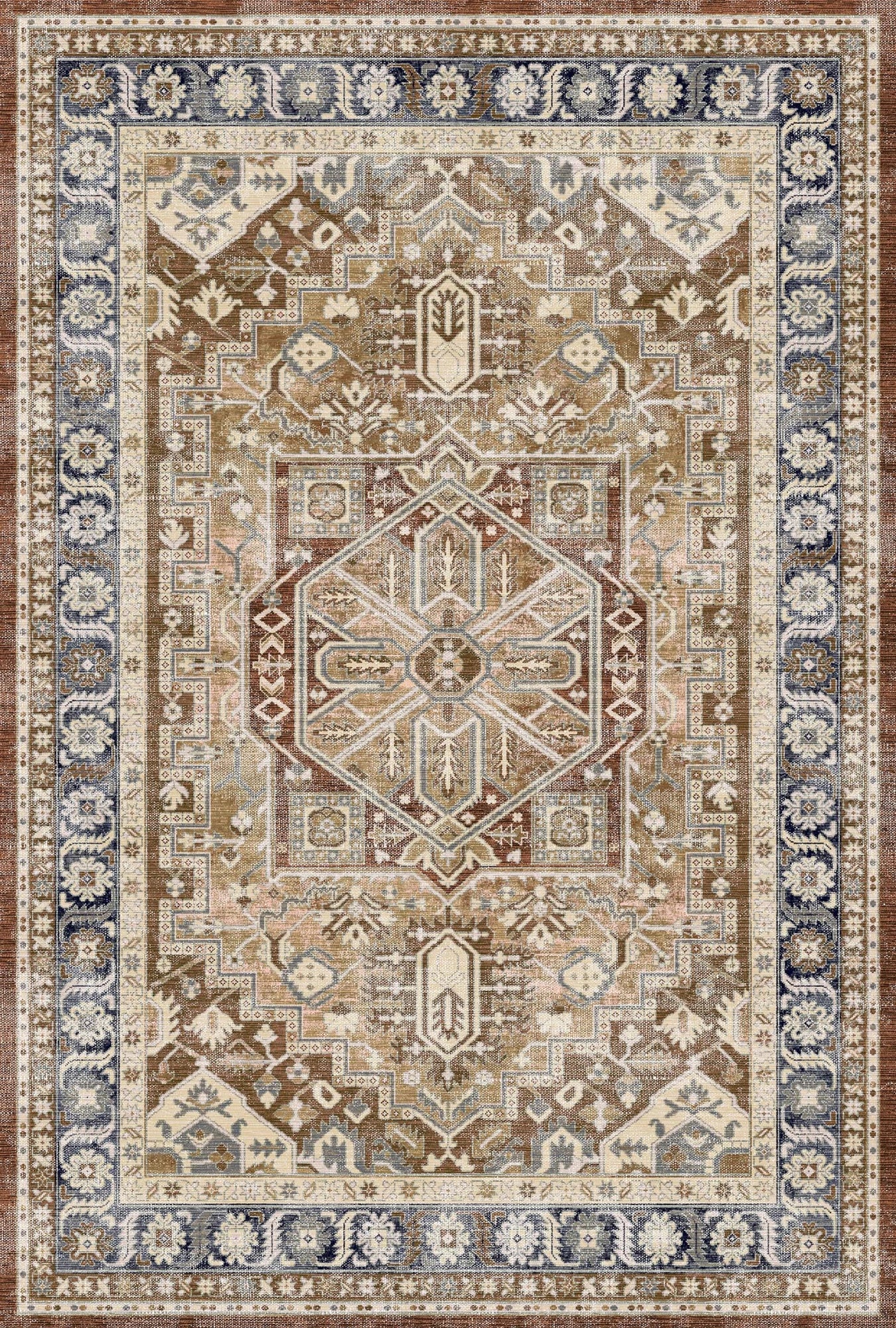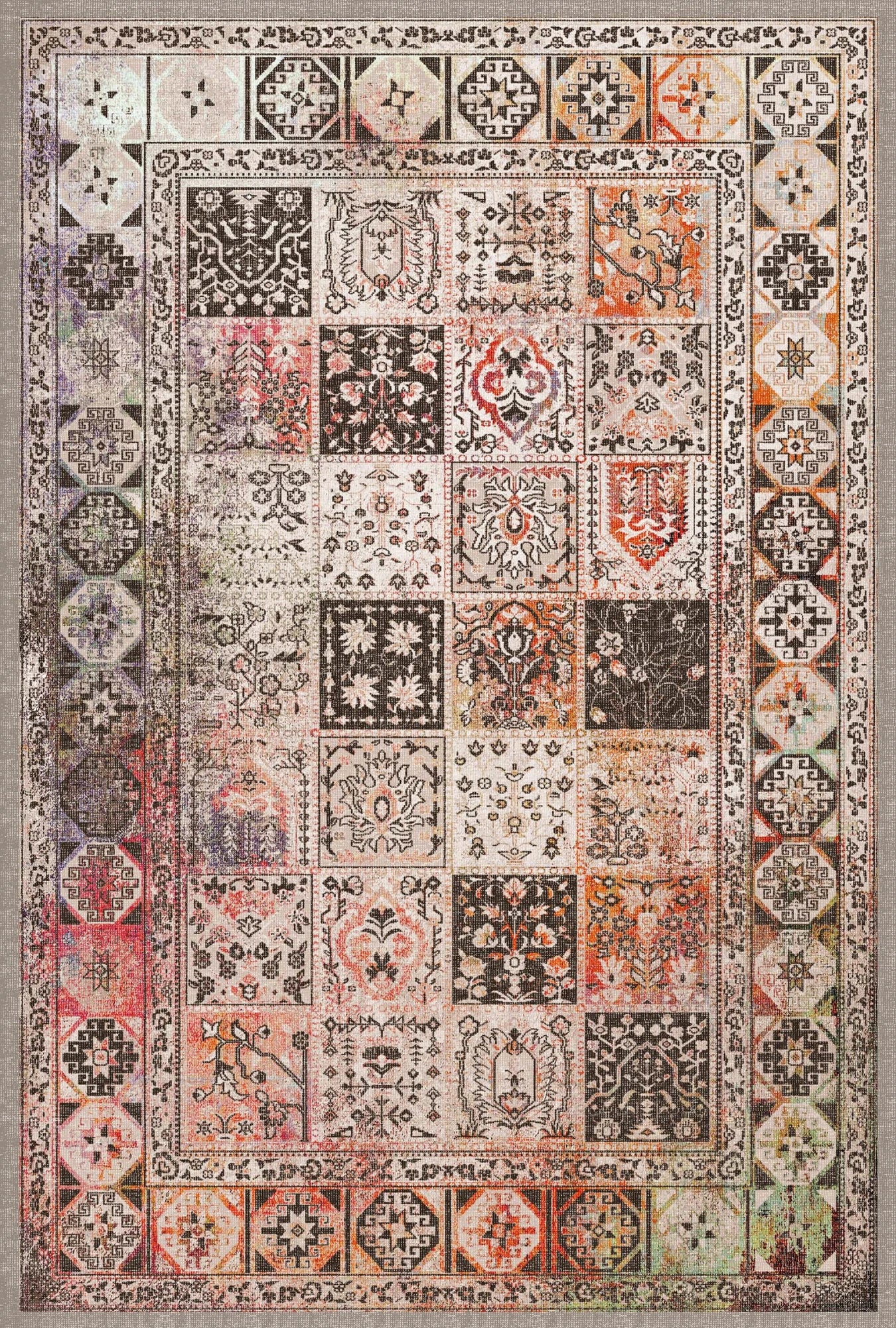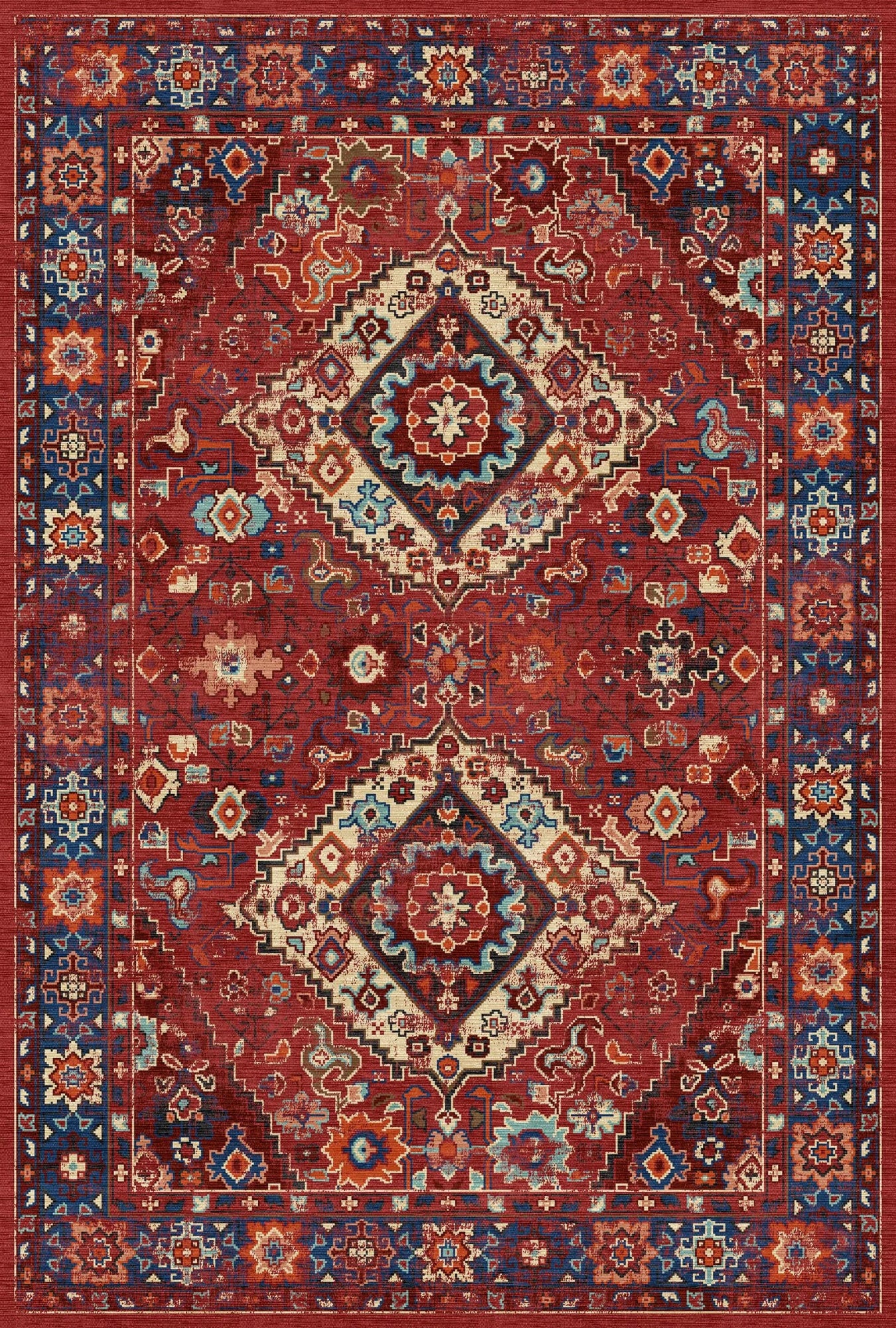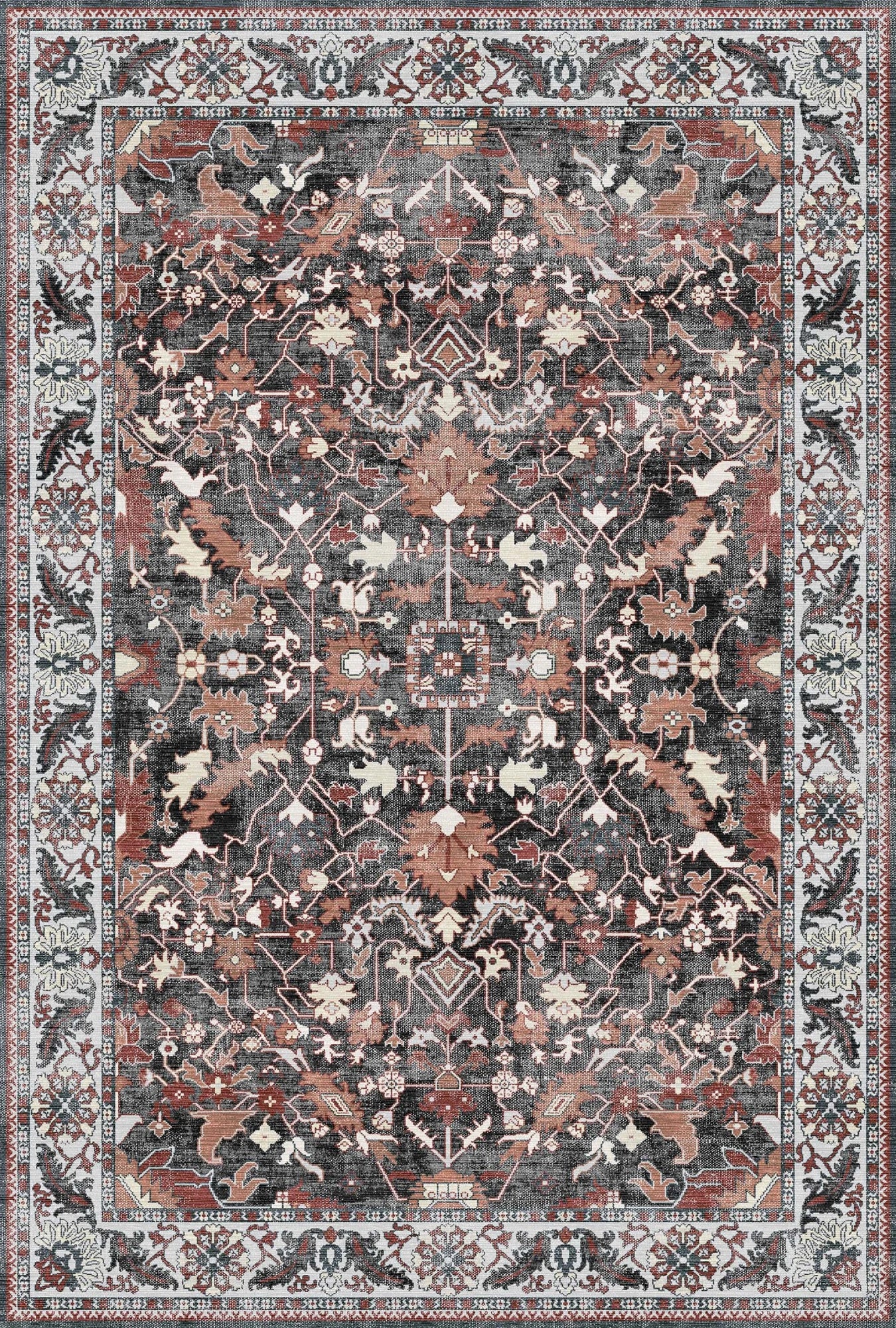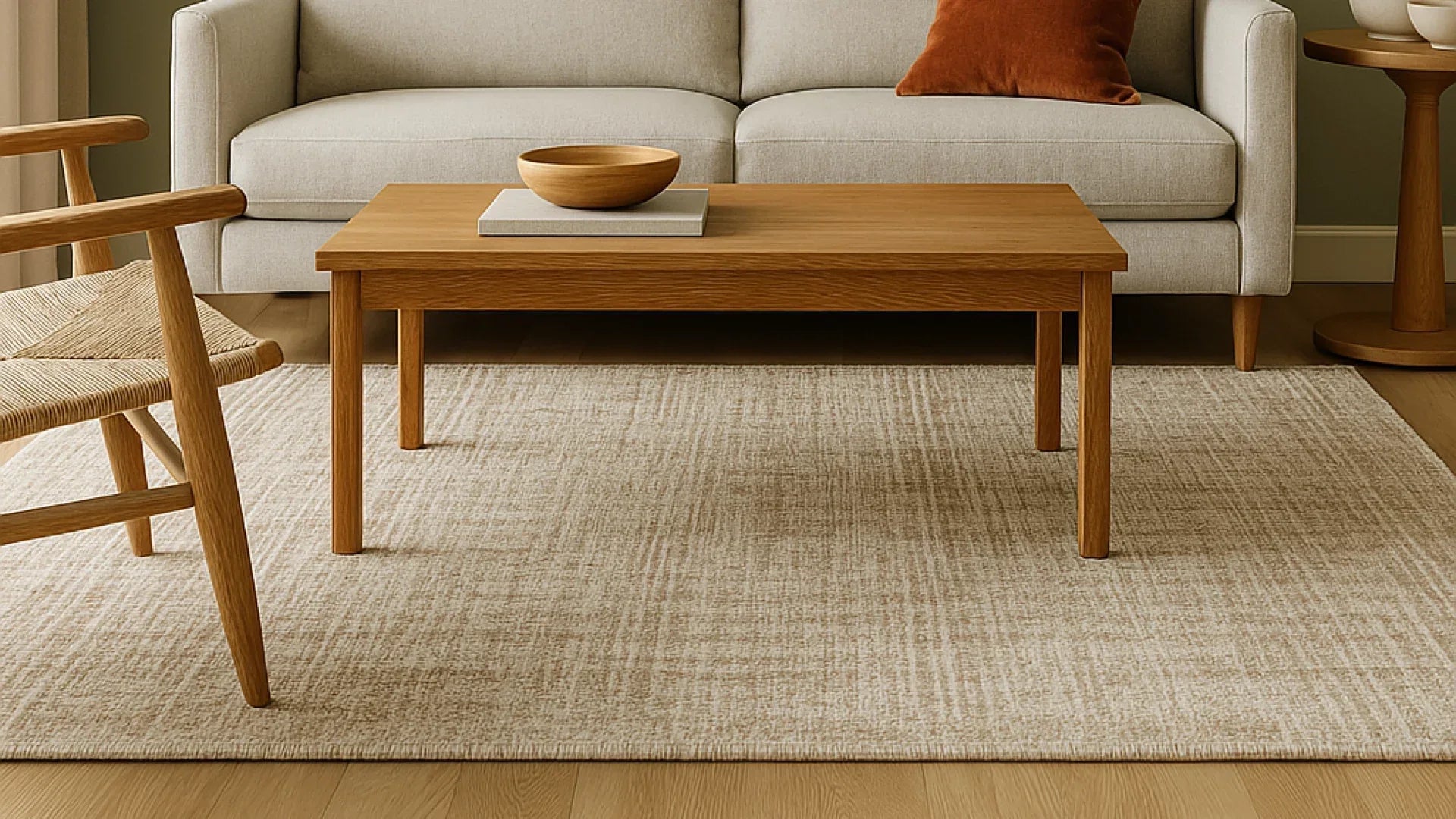
How to Choose a Rug That Matches Your Wall Color
How to Choose a Rug That Matches Your Wall Color
Finding the perfect rug can be a challenge—especially when you want it to complement your wall color. Should your rug match your paint exactly? Should it contrast? How do you bring in patterns or bold designs without clashing? These are common questions, and the answer lies in balance. In this guide, we’ll walk you through how to choose a rug that works harmoniously with your wall color, enhances your space, and brings your design vision to life.
1. Understand Color Theory Basics
Start with the color wheel. Rugs and walls don’t have to match—but they should relate. There are three main ways to pair colors:
- Analogous: Colors that sit next to each other (e.g., blue walls with green or teal rugs).
- Complementary: Colors opposite on the wheel (e.g., blue walls with orange-toned rugs).
- Monochromatic: Variations of the same color (e.g., light gray walls with a charcoal rug).
2. Match Intensity, Not Just Color
If your walls are soft and muted, an overly vibrant rug can feel jarring. Instead, choose a rug with a similar tone and saturation level.
- Pastel walls → soft, earthy rugs
- Bold walls → deep, saturated rug hues
- White walls → almost any rug works; choose based on the furniture and flooring
3. Use Rugs to Add Contrast
Contrast is key to visual interest. A rug should stand out just enough to define the space—but not so much that it overwhelms it.
Ideas for Contrast:
- Gray walls? Try a warm, patterned rug in rust, terracotta, or gold.
- Beige or cream walls? Go for navy, forest green, or a textured wool rug in charcoal.
- Dark walls? Light-colored or patterned rugs can lift and open the space.
4. Coordinate With Other Elements in the Room
Don’t just consider the walls—think about your furniture, curtains, and accessories too. Your rug should help tie everything together.
Tips:
- Repeat rug colors in smaller accessories (pillows, throws, art).
- Use your rug to balance bold wall color with neutral furniture—or vice versa.
- Let one element take center stage: if the walls are bold, choose a subtle rug pattern.
5. Choose a Pattern That Works With Your Walls
Patterns can either complement or clash, depending on how they interact with your walls. Here’s how to keep them working in harmony:
- Solid walls + patterned rug: Great for adding texture and energy.
- Patterned wallpaper + subtle rug: Stick with neutrals or tone-on-tone patterns to avoid visual overload.
- Textured walls (shiplap, paneling): Mix in soft, plush rugs for contrast.
6. Consider Warm vs. Cool Tones
Is your wall color warm (yellow, beige, rust) or cool (gray, blue, green)? This will influence your rug choice more than the exact shade.
Matching Examples:
- Warm walls: Pair with rich earthy tones—burnt orange, deep red, tan, olive.
- Cool walls: Try navy, silver, sage, icy blue, or even black-and-white motifs.
7. Use Neutrals to Tie It All Together
If in doubt, go neutral. A textured rug in beige, cream, charcoal, or soft taupe pairs with almost any wall color and provides flexibility as your decor evolves.
Neutral Doesn’t Mean Boring:
- Look for subtle patterns, fringe details, or high-low textures.
- Layer with bold accent pieces for color pop.
8. Match Style with Mood
The style of your rug should match the feel of your room and wall color. For example:
- Moody, dark walls? Choose luxurious rugs like deep velvet pile or intricate oriental styles.
- Bright white walls? Try Moroccan shag or minimal geometric rugs.
- Earthy green walls? Add woven or tribal patterns with organic materials.
9. Sample Before You Commit
Lighting can change how both your rug and wall colors look. Always test samples if possible, or place the rug in the room for a few days before finalizing.
- Check the rug in natural light and artificial lighting.
- Stand back and see how it reads across the room—not just next to the wall.
10. Let Your Personality Shine
At the end of the day, your space should reflect your personal style. Love color? Don’t be afraid to use both bold walls and bold rugs. Prefer minimalism? Pair muted tones with natural fibers and soft patterns.
Rules are great—but your home should make you feel good. Choose what inspires you and feels right in your space.
Final Thoughts
Choosing a rug that complements your wall color isn’t about matching—it’s about creating harmony, balance, and beauty. Whether you go for contrast, cohesion, or bold creativity, the right rug can bring your entire room to life. Use these tips as your guide and start styling with confidence.
Need help matching your rug to your walls? Explore Bella’s curated collections organized by color and style to find your perfect match.
